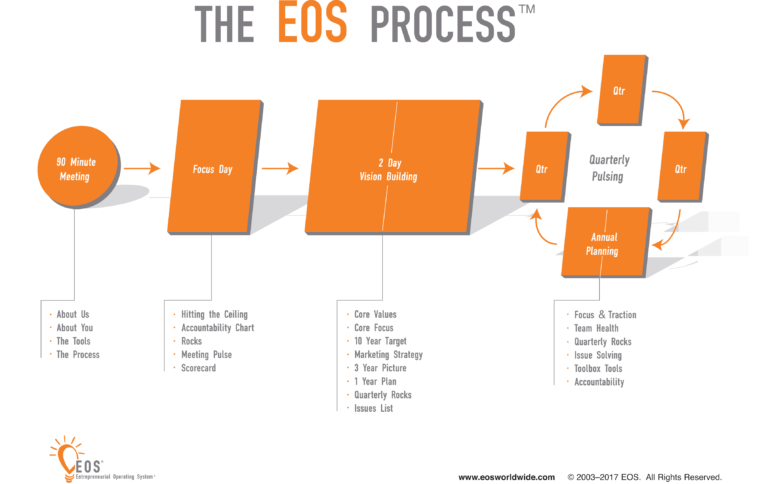Blog #253
When leadership teams transition from functioning in a reactive state to a proactive state, there is often an observable shift within the senior leaders. They begin realizing that to achieve the organizational goals, everyone on the team must be in high gear and on their best game. This is when many leaders realize that their coaching skills may be lacking, and they will need some fine-tuning to lead the team to its fullest potential.
If you are looking to polish your leadership skills, here are eight tips that I share in my advisory sessions:
- Be present. This may sound silly, but being 100% present when you are trying to guide your team members is often the greatest gift you can give. This means no electronics or distractions. Have the clear intention of being in the moment and being of service.
- Start with two “victories” and two “stucks”. I recommend people start with two positive points and two challenges they are facing. Often, we forget to celebrate our victories and we only focus on the negatives. Kicking things off with a positive sets the tone, while the “stucks” provide the topics that need to be addressed.
- Have a spirit of curiosity. Embrace an intention of wanting to understand your team members’ perspectives. It is not at all uncommon for a leader to hear an issue then jump right in to solve it. It frequently happens that when a coach approaches the discussion with a spirit of curiosity, the actual issue is different than what the coach had initially assumed. Go into the discussion with an open mind and a desire to understand…then assist.
- Ask a lot of questions. The analogy of peeling an onion works here. Keep digging and pushing. People will often solve their own issues by simply talking them out. Try to avoid solving it for them. Continue asking questions that will help them look at the problem a bit differently.
- Be direct and candid. When you coach your teams and are 100% present, have a spirit of curiosity, and have a true intention of helping, they will sense it. When you see them dancing around a topic or if they have a blind spot, it is your obligation to “go there”. It may not be what they want to hear, but it is likely what they need to hear. Be direct and honest – everybody wins this way.
- Be vulnerable. Once you have discovered the root of the challenge and walked your team member through several questions, they often find the solutions for the issues themselves. If you have had a similar experience, share with them how you felt in that situation, how you addressed it, what worked, and what did not. There is great value in learning from our failures.
- Action steps. Now that the team member has discovered the root cause of the issue, it is critical for them to clarify the specific action steps they will take to address it. Make sure they are simple and clear. Define what they will do and by when. Setting a due date and/or a timeline helps to keep people moving forward. It can also be effective for them to send you an email with these action items and timeline.
- Follow up. The next time you get together, take the time to review their action steps with them. Define what worked and what did not. What can they do better next time? Are there any new or next steps? Help them learn to create positive and effective habits.
These are some basics that will help you be an effective leader of your team. Your team will learn and everyone will benefit – you, your team members, and your business.
Are you an effective leader and coach? Could you use a few pointers to improve your coaching skills? We can help with that! Contact us today to learn more.
Keep Smiling,
Kris




